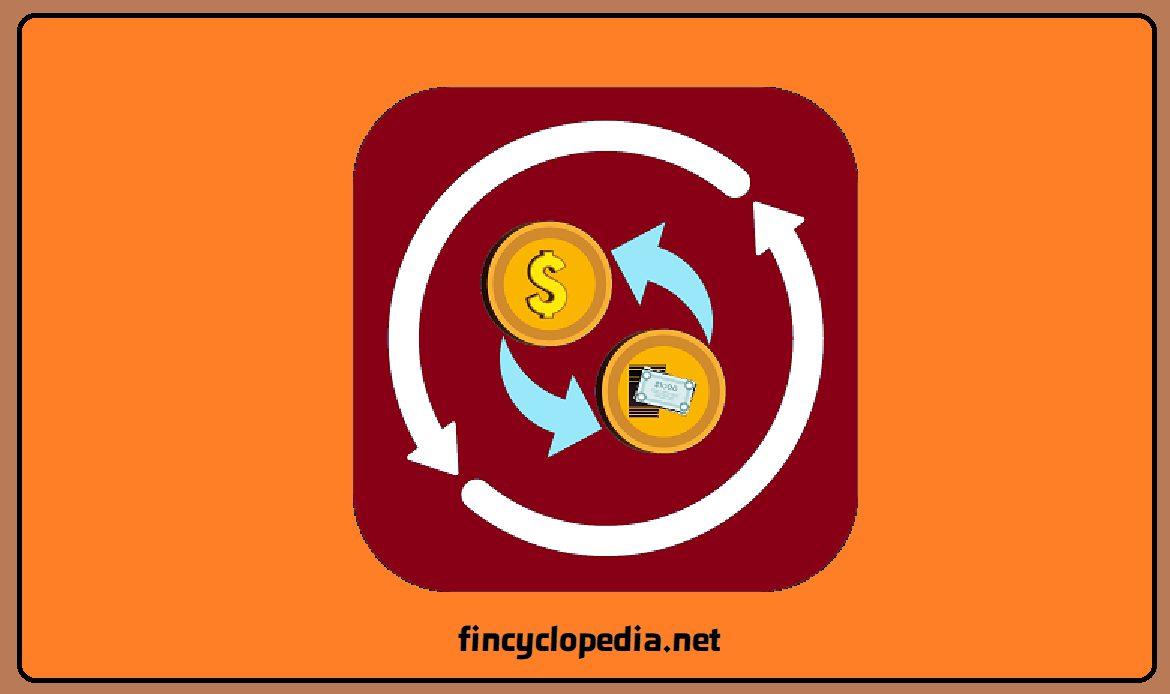The rate at which a seller is willing to exchange an asset (a commodity, a currency, etc.) at a specified future date. In other words, it is the rate at which a transaction will be settled in the future, and hence it is a forward-looking, forecasted variable. In the context of derivatives such as forward contracts, forward rate is the price of a forward contract (which by nature is a buy-now, pay-later arrangement) which derives its value from the pricing of spot transactions/ contracts and the adjustment for information on spot rates (for an exchange taking place immediately, the rate is referred to as spot rate).
In general, forward rate has different meanings depending on multiple contexts (see also: forward rate (finance), forward rate (forex), and forward rate (banking).




